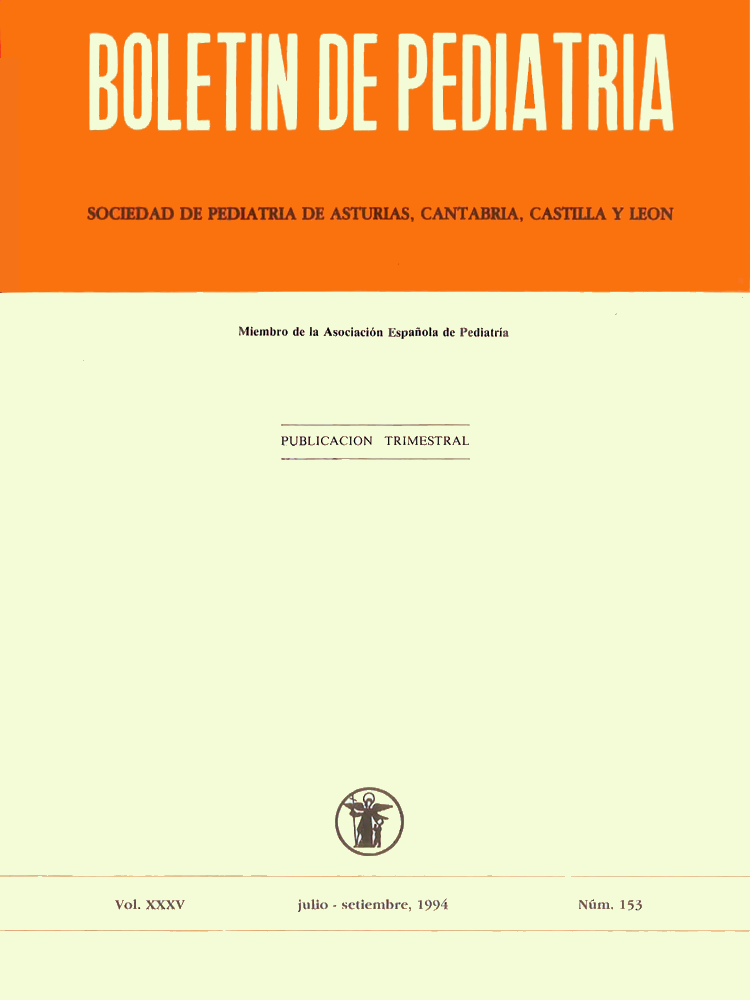Abstract
We examined the effects of the inhalation of tobacco smokes on the pulmonary function of 362 teenagers with an age of 16.6 ± 2.0 years, 227 (62.8%) of them were males. The forced vital capacity (FVC), one-second forced expiratory volu me (FEV 1) and the forced expiratory-flow between 25 and 75% of FVC (FEF 25-75) were set. Only the best of the three FEF 25-75 made was used. We considered abnormal all the values of FEF 25-75, of our study, under 5 percentil. Thirty-tree (9-1%) of these 362 teenagers presented low FEF 25-75. being this incidence higher among the non-smokers (9.8%) than among the regular smokers (7.0%) or the sporadic smoker (7.7%). The number of teenagers exposed to the passive inhalation of tobacco smoke, allergic rhinitis and/or asthma was similar among the regular, sporadic or non-smokers. The bronchial response to inhaled histamine of 37 teenagers was measured. Any of the regular or sporadic smokers showed an increased bronchial reactivity, and only two mite allergic asthmatic patient, who were non-smokers, showed values of pc 20 next to bronchial hyperactivity (X = 10.2 mg/ ml). Being regular or passive smokers for a short time and the few cigarettes used could explain these results. Key words: Adolescence. Tobacco. Forced spiratory spirogram.

This work is licensed under a Creative Commons Attribution-NonCommercial 4.0 International License.
Copyright (c) 1994 Boletín de Pediatría
